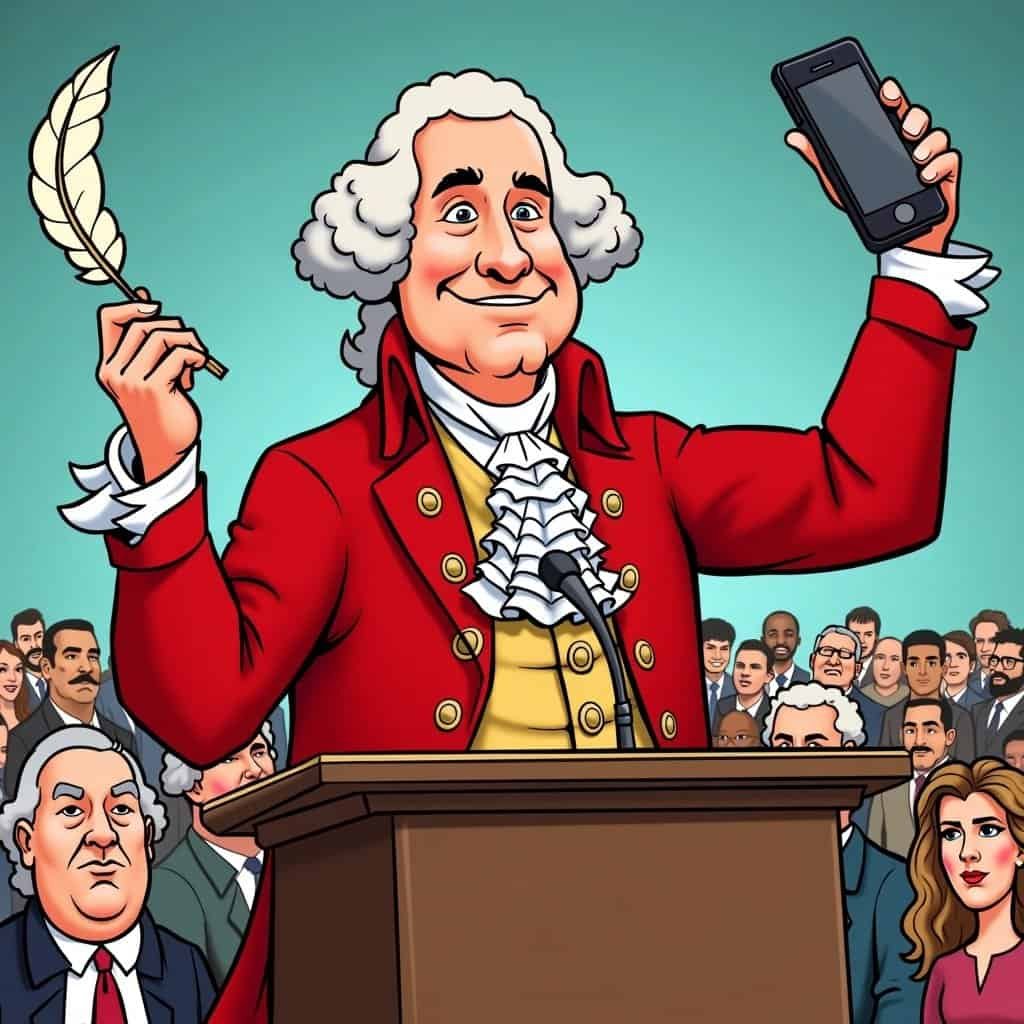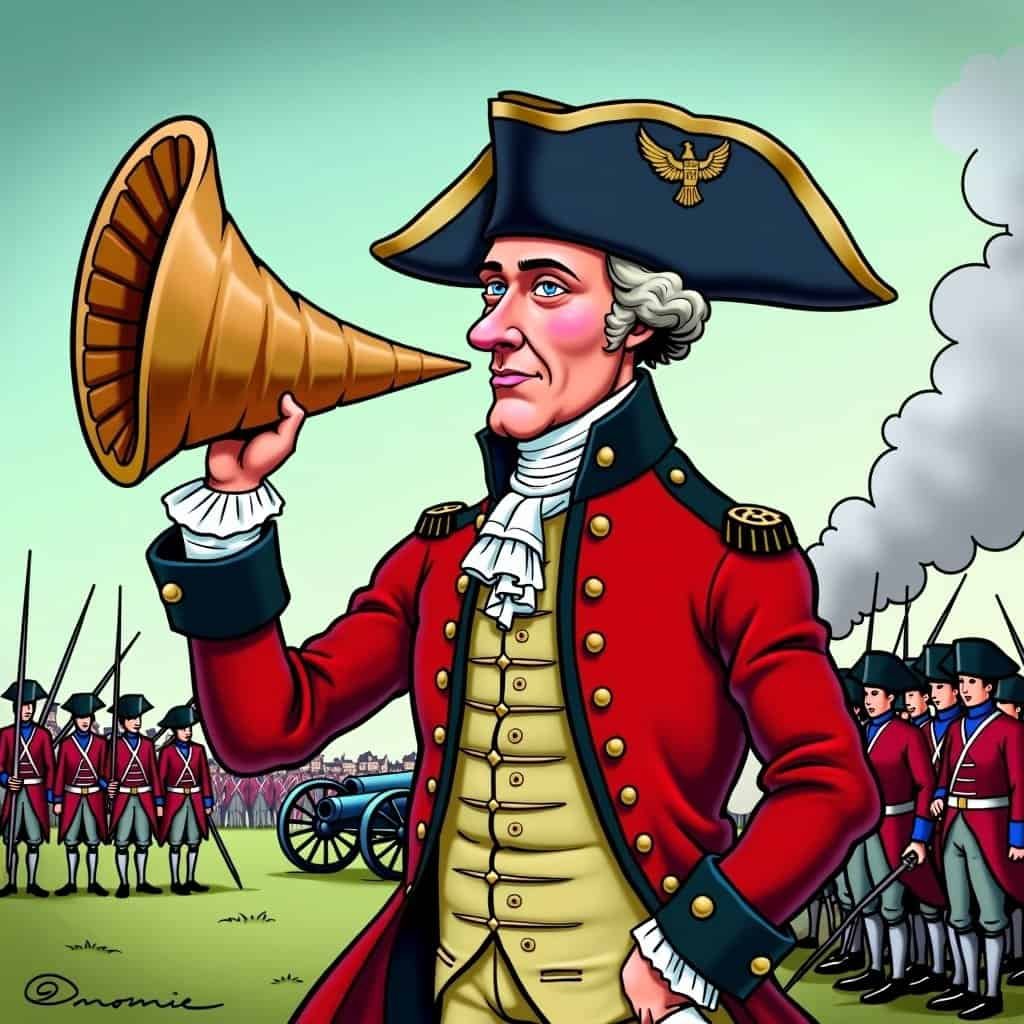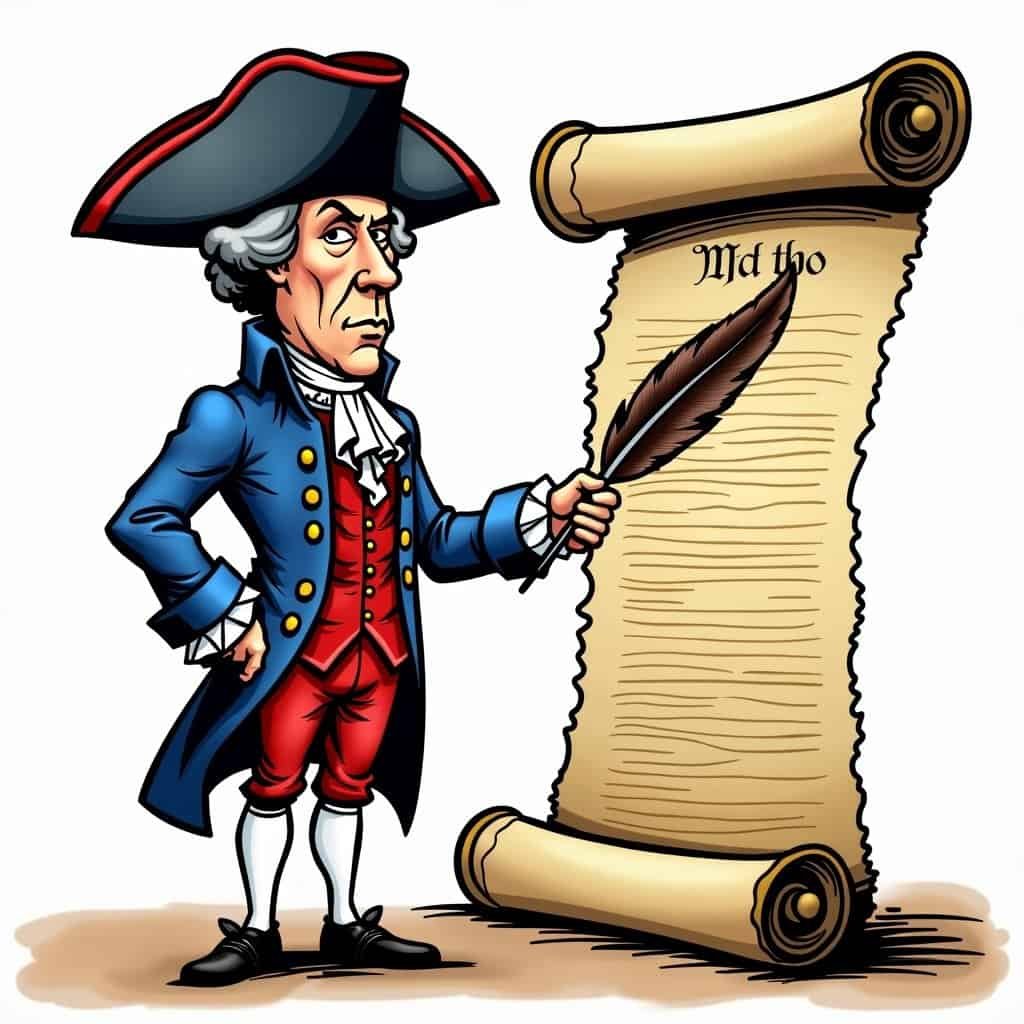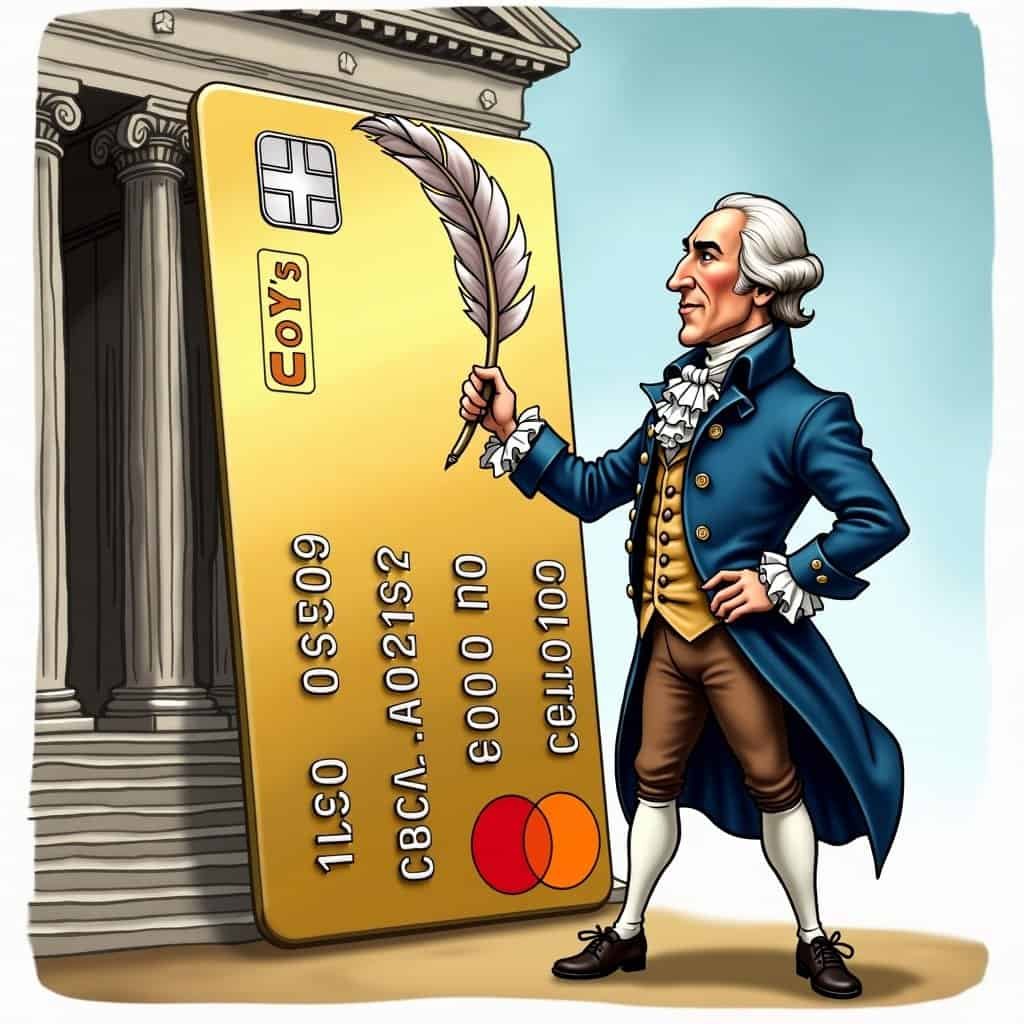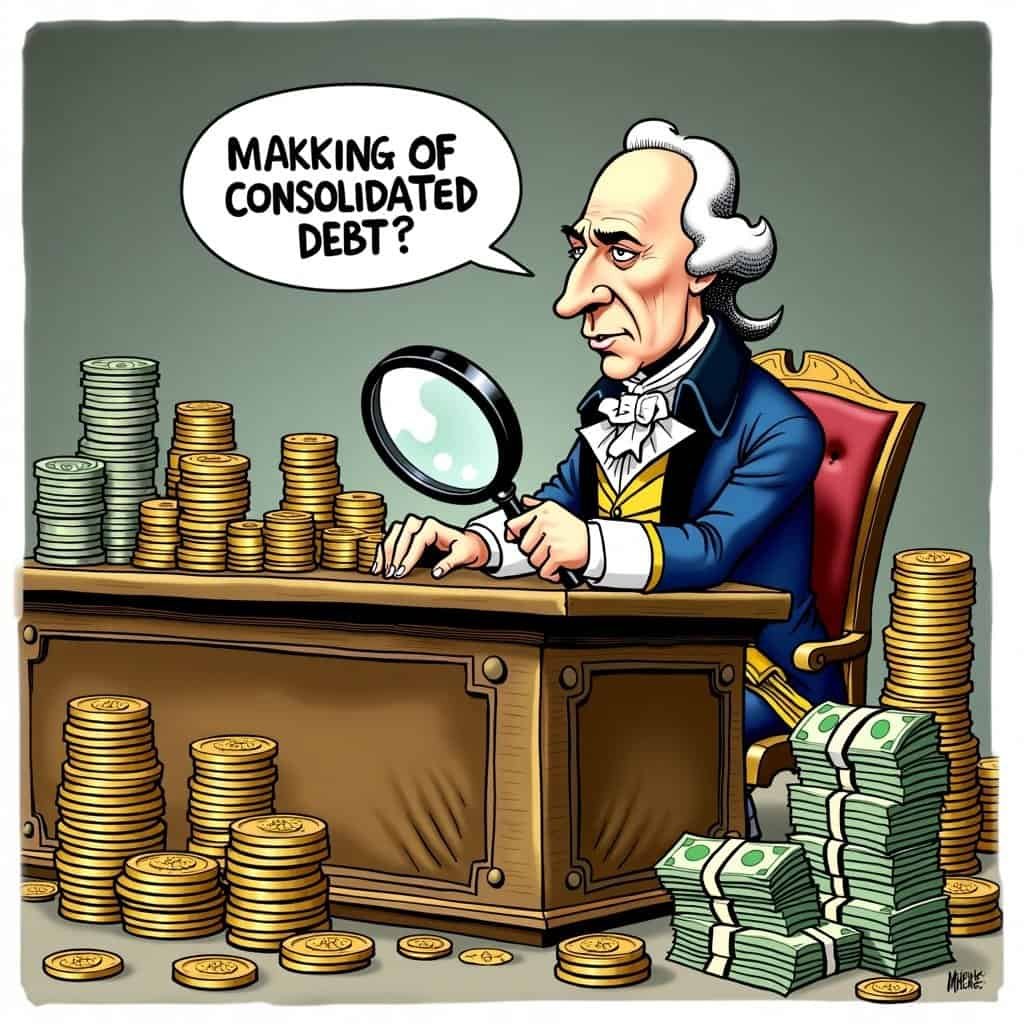Let’s talk about Alexander Hamilton. Yes, that Alexander Hamilton. The Broadway sensation, the ten-dollar founding father without a father, and oddly enough in today’s politics, a guy liberals claim for their noble cause of big government. But if Hamilton were around today, sipping his colonial brew, you might find him scratching his head at modern progressives. Here’s the twist: Hamilton wanted a strong federal government, but not one that hands out participation trophies or lectures Americans on carbon footprints while plugging in their Priuses.
Now, Hamilton was all about a robust central government—but don’t mistake him for the original Bernie Sanders. This guy didn’t fight in the Revolution just to stamp “Federal Bailout” on every hiccup in the free market! Hamilton’s vision wasn’t about Uncle Sam babysitting the masses; it was about uniting the colonies into an economic powerhouse—one that would make Britain’s powdered wigs spin faster than those spinning jennies in Manchester’s mills.
Hamilton’s Financial System: Not Your Average Welfare State
Doubt it? Let’s break it down. Hamilton was the mastermind behind America’s financial system, not its welfare state. This whiz kid established our national bank, a move designed to stabilize the economy and boost growth. He wasn’t handing out bank loans like free candy at a political rally, though—he was setting the stage for America’s capitalist engine to roar. Think about it: without Hamilton’s foresight, Wall Street might’ve been nothing more than another quaint cobblestone road where kids played stickball. Instead, he gave us the tools to become the economic powerhouse that’s fueled generations of innovation and prosperity.
Hamilton’s Economic Vision vs. Modern Progressivism
| Hamilton’s Ideas | Modern Progressive Ideas |
|---|---|
| Promote economic growth | Expand welfare programs |
| Establish national bank | Increase government regulations |
| Foster individual responsibility | Expand federal safety nets |
| Limited government intervention | Extensive government intervention |
But what would he say about today’s progressive push for centralized control as the fix for all societal problems? Something tells me Hamilton wouldn’t be thrilled about federal regulations that stifle businesses faster than a lobster boils in Boston harbor. He wasn’t about strangling enterprise; he wanted government to promote it, to smooth the path, not redirect it down a socialist alleyway.
Hamilton’s Leadership: No Free Ponies Here
Conservative hearts everywhere should appreciate Hamilton’s tough-love leadership. This guy wasn’t pandering to his audience, promising free ponies and college degrees. Hamilton stood firm on the belief that hard work and responsibility, not federal hand-holding, made a nation great. Sure, he wasn’t opposed to taxes—cue the groaning of every modern-day Republican—but that was to pay off a war debt and enable the nation to establish dominance, not as a never-ending cash cow.
The gap between Hamilton’s ideas and today’s progressive ideals is as wide as the Atlantic Ocean was for colonial America. Hamilton envisioned governance designed to strengthen collective independence, promote industriousness, and elevate the country onto the world stage. On the other hand, those who love quoting his strong government stance overlook this fine detail: he wanted a government nimble yet sturdy, not bloated with entitlement programs and regulations that require a seven-hour seminar just to decipher.
Hamilton in Modern Politics: A Conservative in Progressive Clothing?
If Hamilton could rise from the grave, he might say, “Oh dear, you got me all wrong.” If he were alive to see modern liberal attempts to use federal power as a cure-all for life’s every inconvenience, he’d probably need some smelling salts.
And here’s the kicker: America’s conservatives borrow Hamilton’s principles without the modern liberal frills. We value limited federal overreach and believe in empowering calculated capitalism and local ingenuity. Yes, even with his preference for some federal reach, Hamilton would likely raise an eyebrow at the centralized behemoth so often championed by those who claim to understand his economic blueprint. Think of Hamilton as someone who believed in steering the American ship, not micromanaging every sailor’s lunch break.
Conclusion: Hamilton’s True Colors
So, let’s set the record straight. Is it possible Hamilton wore a conservative hat more often than modern progressives care to admit? You bet! He trusted in personal grit and national unity, not endless government programs that audit small-town lemonade stands. The next time someone throws the “Hamilton loved big government” card your way, maybe remind them he wasn’t envisioning the federal government operating like a bloated HOA. Instead, Hamilton dreamt of a power that protected freedom, sparked progress, and advanced the economic sovereignty of a new nation—a vision that echoes in our conservative values today. Here’s to you, General Hamilton!
Table of Contents
- Hamilton’s Financial System: Not Your Average Welfare State
- Hamilton’s Leadership: No Free Ponies Here
- Hamilton in Modern Politics: A Conservative in Progressive Clothing?
- Conclusion: Hamilton’s True Colors
